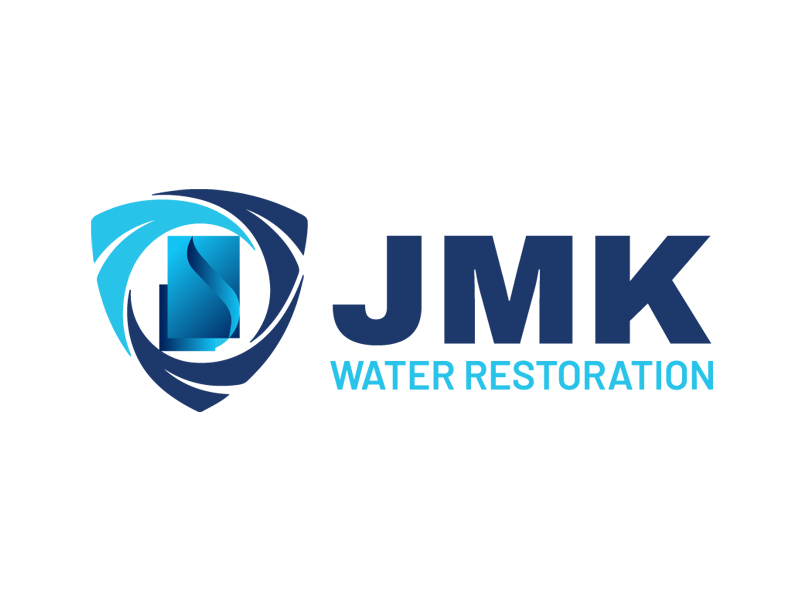Mold Mites: The Tiny Menace Lurking in Your Home – What You Need to Know

You may not see them, but they are there. Tiny creatures lurking in the corners of your home, feeding on mold and causing potential health risks. These are mold mites – the microscopic pests that can easily go unnoticed until it’s too late.
Like invisible ninjas, mold mites stealthily invade your home through damp and humid areas such as basements, bathrooms, and kitchens. Once inside, they reproduce rapidly and spread to other parts of your home.
But don’t panic just yet – with some knowledge and preventive measures, you can keep these tiny menaces at bay and protect yourself from their harmful effects.
In this blog, our mold removal experts at JMK Restoration will break down everything you need to know about mold Mites—where they come from, how to spot them, the associated health risks, and ways to get rid of them for good.
What Are Mold Mites?
These minuscule creatures are common household pests that can cause allergic reactions and respiratory issues. Mold mites, also known as Tyrophagus putrescentiae, feed on mold and fungi that grow in damp places such as bathrooms, kitchens, basements, and crawlspaces.
They are too tiny to be seen without a microscope or magnifying glass, but they’re characterized by their white or light-colored bodies with eight legs.
Mold mites and allergies go hand-in-hand. These pests have been linked to causing allergic reactions in some individuals when they come into contact with the mite’s feces, dead body parts, or saliva.
Where Do Mold Mites Come From?
It’s funny how something as small as a mold mite can cause such frustration in your daily life, but have you ever wondered where they come from?
Mold mites are typically found in damp environments with high humidity, making their habitats quite diverse. These tiny bugs are everywhere, from bathrooms to kitchens, laundry rooms, and basements.
Open windows and doors are among the most common entry points for mold mites. They can also enter through vents or openings in walls and floors. Mold mites thrive on organic matter, such as decaying plant matter or food crumbs left behind by humans or pets.
If you suspect mold mites might be present in your home, it’s essential to take action immediately before they start multiplying and causing more significant problems.
Signs of Mold Mite Infestation
If you’ve ever felt an unexplained itch or noticed small black dots on your belongings, chances are you’re dealing with a frustrating and invasive infestation that requires immediate action. These tiny pests are mold mites, which thrive in warm and damp environments such as basements, bathrooms, and kitchens.
Mold mite detection can be difficult since they are smaller than the head of a pin and often mistaken for dust particles or other insects.
However, some signs of mold mite infestation include:
- Itchy skin rashes
- Sneezing
- Coughing fits
- Nasal congestion
Since a mold mite infestation may mimic the symptoms of dust mites, you should consult an experienced mold remediation company to identify mold mites.
Health Risks Associated With Mold Mites
You may be surprised to learn how dangerous these minuscule pests can be for your health. As previously mentioned, mold mites can cause potential allergies, leading to a range of symptoms, including itchy eyes, sneezing, and runny nose.
In addition, they can also trigger respiratory issues such as asthma and breathing difficulties in individuals already suffering from these conditions. Furthermore, mold mites can exacerbate other health problems like eczema and dermatitis.
These pests feed on the mold that grows in damp and humid areas of your home, such as bathrooms or kitchens. As you inhale the air around them or come into contact with their feces and dead bodies, they can cause serious harm to your health.
Therefore, if you suspect a mold mite infestation in your home or office space, it’s important to take immediate action to get rid of them.
How to Get Rid of Mold Mites
To eliminate these harmful pests from your living space, follow these steps:
- Reduce moisture levels: Start by reducing moisture levels in the affected areas. Use dehumidifiers in damp spaces prone to mold growth like basements or bathrooms to maintain dry conditions.
- Clean surfaces regularly: Regularly clean surfaces where mold may accumulate. This helps prevent the growth and spread of mold mites.
- Natural remedies: Use natural remedies like vinegar or essential oils to clean up mold mites. With its acetic acid content, vinegar can kill mold and mold mites. Mix equal parts water and vinegar, spray it on the affected area, let it sit for an hour, and then wipe it off.
- Chemical solutions: If natural remedies prove ineffective, consider using chemical solutions specifically designed to target mold mites. Follow the instructions carefully when applying such products, and always wear gloves and a mask to avoid skin irritation or inhalation of fumes.
- Hire a professional restoration company: If the infestation is severe or persists despite your efforts, it’s advisable to hire a professional restoration company. These experts have the knowledge, experience, and specialized equipment to effectively eliminate mold mites and restore your living space to a healthy condition.
Following these steps can effectively eliminate mold mites and create a healthier living environment.
When to Call a Professional Remediation Company
If you’re at your wit’s end with these pesky pests and DIY methods aren’t cutting it, it might be time to bring in the professionals for help.
Signs of mold mite infestation include visible clusters of tiny black or white specks on walls, ceilings, carpets, and other surfaces. You may also notice a musty odor or experience an allergic reaction, such as sneezing, itching, and watery eyes.
DIY remedies like vacuuming and cleaning with soap and water can help reduce mold mite populations but may not completely eliminate them.
Professional mold mite removal services can use specialized equipment like HEPA vacuums and air scrubbers to effectively remove mold spores from your home. The cost of professional removal varies depending on the severity of the infestation and the size of your home, but the benefits include long-term prevention of future infestations and improved indoor air quality.
Final Thoughts
Just like a garden needs constant attention to keep pests at bay, your home also needs regular maintenance to prevent mold mite infestations.
By implementing prevention tips such as controlling moisture levels, keeping your home clean and clutter-free, and sealing any cracks or gaps where mold mites can enter, you are creating a healthy environment that is inhospitable to these tiny pests.
And if you do happen to spot any signs of an infestation, don’t hesitate to call our mold remediation specialists at JMK Restoration, just like you would call in a professional landscaper for help with a garden overrun by weeds.
Contact us today for a quote. Together with proper care and attention, you can keep your home free from the menace of mold mites.
